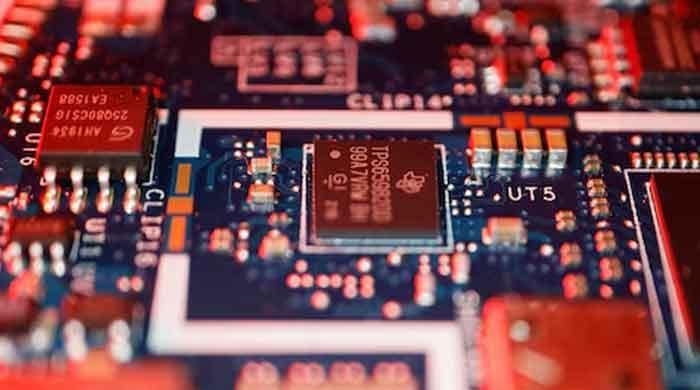China tests building Moon base with lunar soil bricks
Cargo rocket carrying brick samples blasts off as part of Beijing's mission to put humans on Moon by 2030
November 16, 2024

BEIJING: China is seeking to push forward in its quest to build the first lunar base, launching an in-space experiment to test whether the base's bricks could be made from the Moon's own soil.
A cargo rocket carrying brick samples blasted off late Friday for the Tiangong space station, part of Beijing's mission to put humans on the Moon by 2030 and build a permanent base there by 2035.
"China launched the cargo craft Tianzhou-8 from the Wenchang Satellite Launch Centre on Friday night to deliver supplies for its orbiting Tiangong space station," state news agency Xinhua said, citing China's space agency.
Construction of a Moon base is a daunting task: any structure has to withstand huge amounts of cosmic radiation, extreme temperature variations and moonquakes, and getting building materials there in the first place is a costly procedure.
Building the base out of the Moon itself could be a solution to those problems, scientists from a university in central Wuhan province hope.
They have created a series of prototype bricks made of various compositions of materials found on Earth, such as basalt, which mimic the properties of lunar soil.
Slivers of those test bricks will be subjected to a series of stringent tests once they reach the space station.
"It's mainly exposure," said Zhou Cheng, a professor at Wuhan's Huazhong University of Science and Technology.
"To put it simply, we put (the material) in space and let it sit there... to see whether its durability, its performance will degrade under the extreme environment."
The temperature on the Moon can vary drastically between 180 and -190 degrees Celsius (356 to -310 degrees Fahrenheit).
Its lack of an atmosphere means it is subjected to large quantities of cosmic radiation as well as micrometeorites, while moonquakes can weaken any structure on its surface.
The exposure experiment will last three years, with samples sent back for testing every year.











